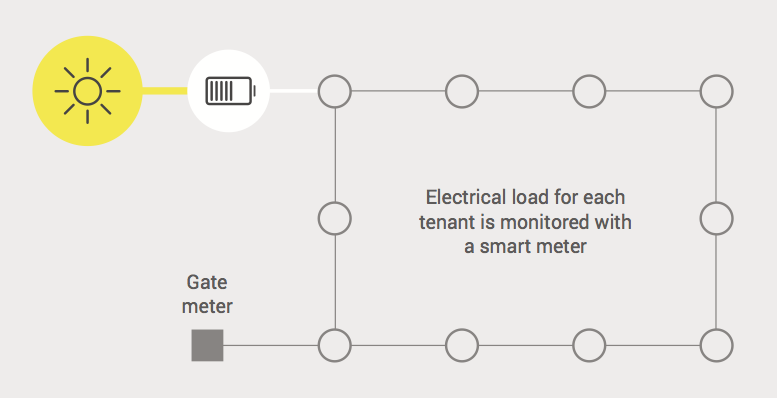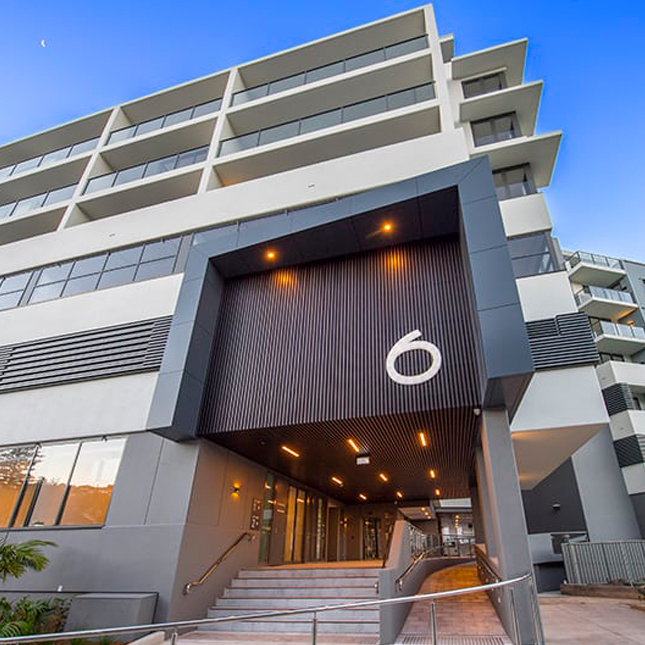In basic terms, Embedded Networks can create financial and reputational benefits for people and organisations who own multi-occupant sites. In addition to helping the owner achieve their goals, an Embedded Network can also create cheaper electricity for tenants too – talk about a perfect match! Let’s find out what this ‘win-win’ scenario looks like in more detail.
First Date: The Basics
First things first, what is an Embedded Network exactly? Technically speaking, an Embedded Network is private electricity network that sits behind a gate meter. A gate meter, sometimes called a ‘parent’ meter, is the electrical meter that connects an energy consumer to the grid (the grid is also known as the National Electricity Market or NEM).
The private network that sits behind gate meter is made up of a string of ‘child’ meters, each one assigned to an individual tenant or a common area electrical load. This means you can measure usage for each tenancy in your building, which is really handy if you’re operating an apartment complex, a retirement village, an office block or shopping centre.
Second Date: The Benefits
But how is this attractive for a property owner? Because of the way the Embedded Network is structured, property owners can purchase energy in ‘bulk’ from their retailer and sell this energy to their tenants.

If budgeted the right way, the price your tenants pay will be cheaper than any of the on-market offers advertised by the big electricity retailers (e.g. AGL, Origin and EnergyAustralia). You better hope you like long-term relationships, because helping tenants reduce their costs is a very attractive trait for any landlord.
Additionally, if the property owners would like to, they can add a small margin to the electricity they sell and establish a brand new revenue stream for their property asset.
Third Date: The Baggage
Like all good relationships, the Embedded Network comes with baggage. Nothing major, just a few regulatory compliance matters that you need to adhere to. Two of the major ones are:
- Retail Exemption – Before you can start invoicing tenants for any electricity, property owners need to make sure they have successfully applied for an exemption. Under the Retail Law, a party typically needs a retailer authorisation in order to sell energy but, pending a submission for a Deemed, Registrable or Individual exemption with the Australian Energy Regulator (AER), this can be overcome.
- Power of Choice – The Australian Electricity Market Operator (AEMO) recently introduced a new set of rules on how Embedded Networks need to be managed. Central to this new ruling, as of 31 March 2018, any multi-occupant site that has an Embedded Network (and more than 30 tenants) needs to appoint an Embedded Network Manager.
Fourth Date: Coffee?
If you like the sound of the Embedded Network structure and would like to find out more, visit our website or call Voltio directly – 1300 865 846.









